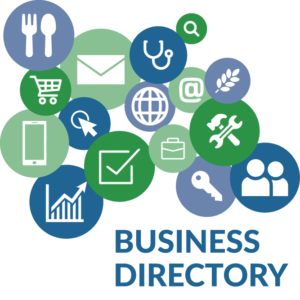I’ve described my initial experience with Zyte AI spiders leveraging Zype API and Scrapy Cloud Units. You might find it here. Now I’d share more sobering report of what happened with the data aggregator scrape.
Tag: business directory
We’ve already stated some Tips and Tricks of scraping business directories or data aggregators sites. Yet recently someone has asked us to do aggregators’ scraping in the context of Google Sheets and/or MS Excel.
Recently we’ve performed the Yelp business directory scrape for acquiring high quality B2B leads (company + CEO info). This forced us to apply many techniques like proxying, external company site scrape, email verification and more.
In this post I want to share on how one may scrape business directory data, real estate using Scrapy framework.

Recently we encountered a new powerful scraping service called Web Scraper IDE [of Bright Data]. The life-test and thorough drill-in are coming soon. Yet now we want to highlight its main features that has badly (in positive sense, strongly) impressed us.

 My goal was to retrieve data from a web business directory.
My goal was to retrieve data from a web business directory.
Since the business directories scrape is the most challenging task (beside SERP scrape) there are some basic questions for me to answer:
- Is there any scrape protection set at that site?
- How much data is in that web business directory?
- What kind of queries can I run to find all the directory’s items?
 In this post we want to share with you a new useful JAVA library that helps to crawl and scrape Linkedin companies. Get business directories scraped!
In this post we want to share with you a new useful JAVA library that helps to crawl and scrape Linkedin companies. Get business directories scraped!
Python LinkedIn downloader
We’ve done the Linkedin scraper that downloades the free study courses. They include text data, exercise files and 720HD videos. The code does not represent the pure Linkedin scraper, a business directory data extractor. Yet, you might grasp the main thoughts and useful techniques for your Linkedin scraper development. 
Recently I was asked to help with the job of scraping company information from the Yellow Pages website using the ScreenScraper Chrome Extension. After working with this simple scraper, I decided to create a tutorial on how to use this Google Chrome Extension for scraping pages similar to this one. Hopefully, it will be useful to many of you.
